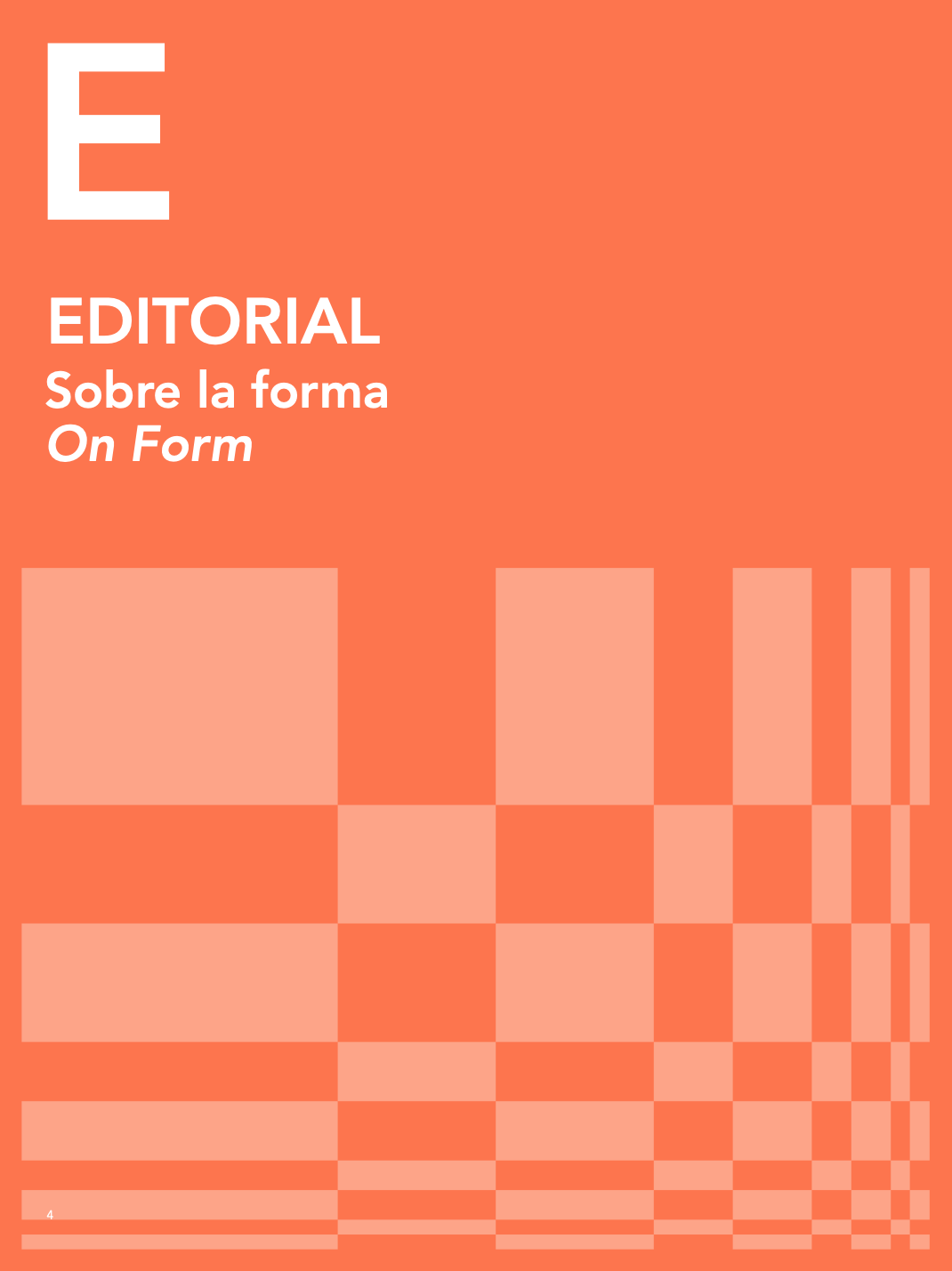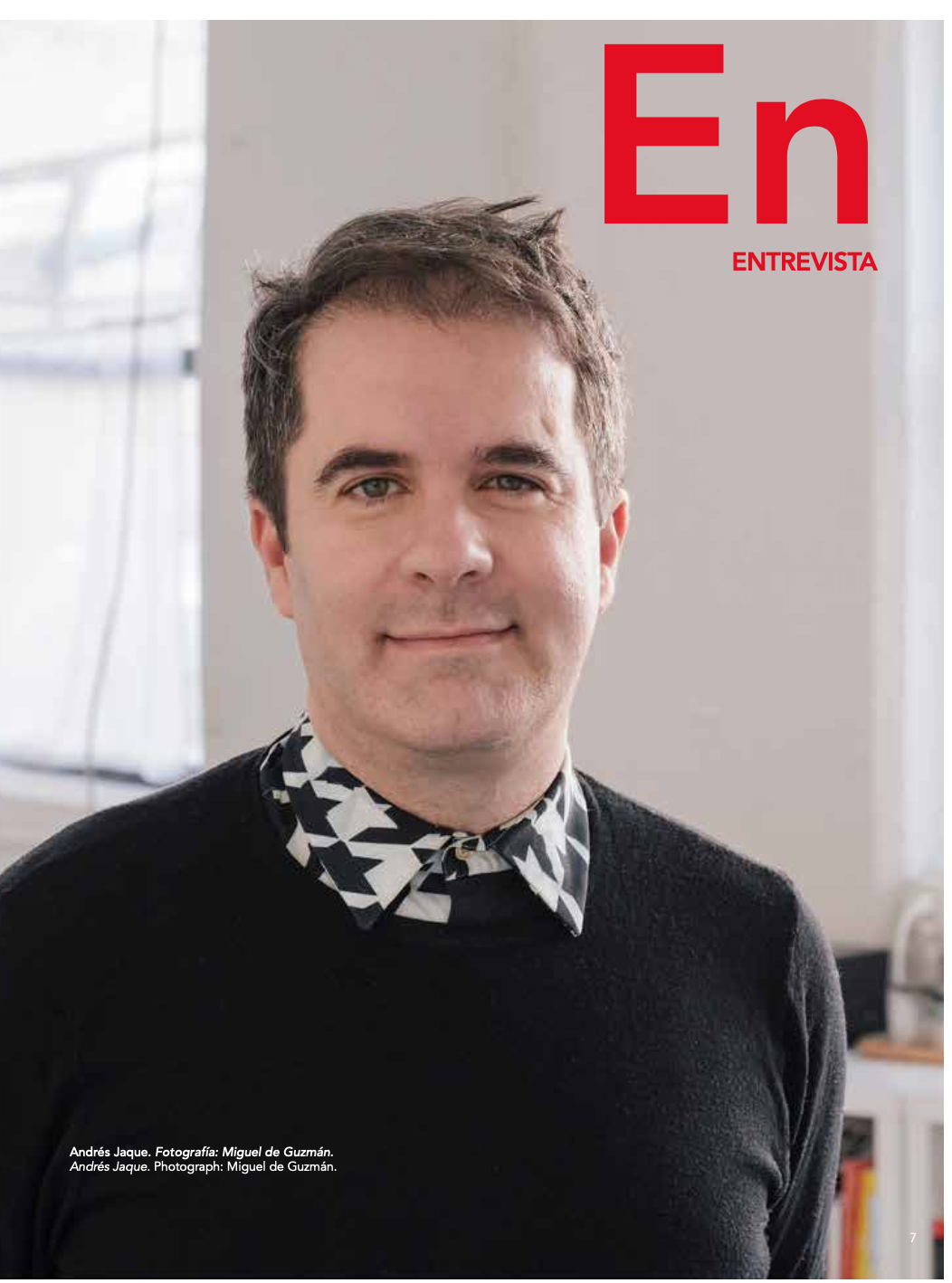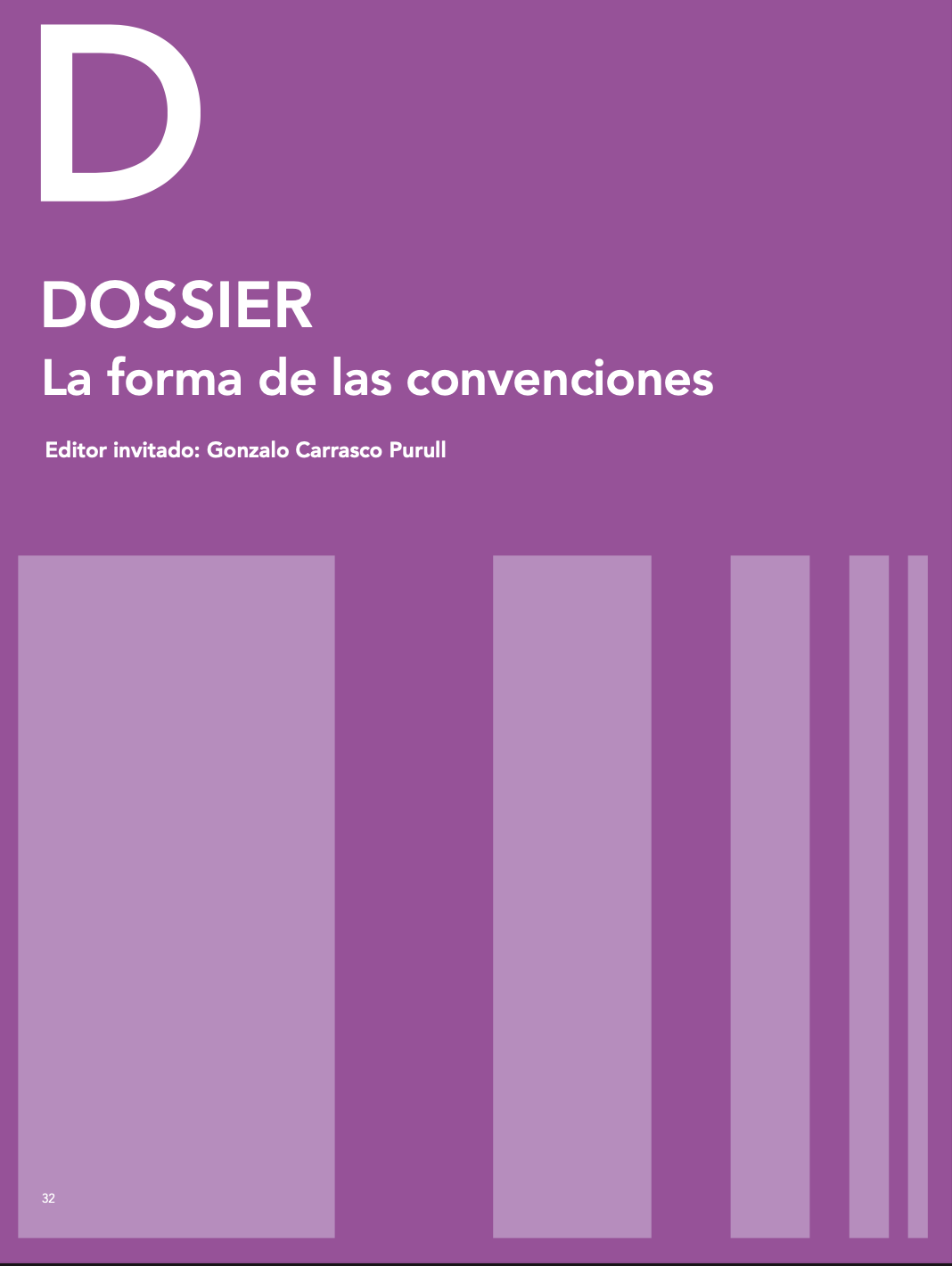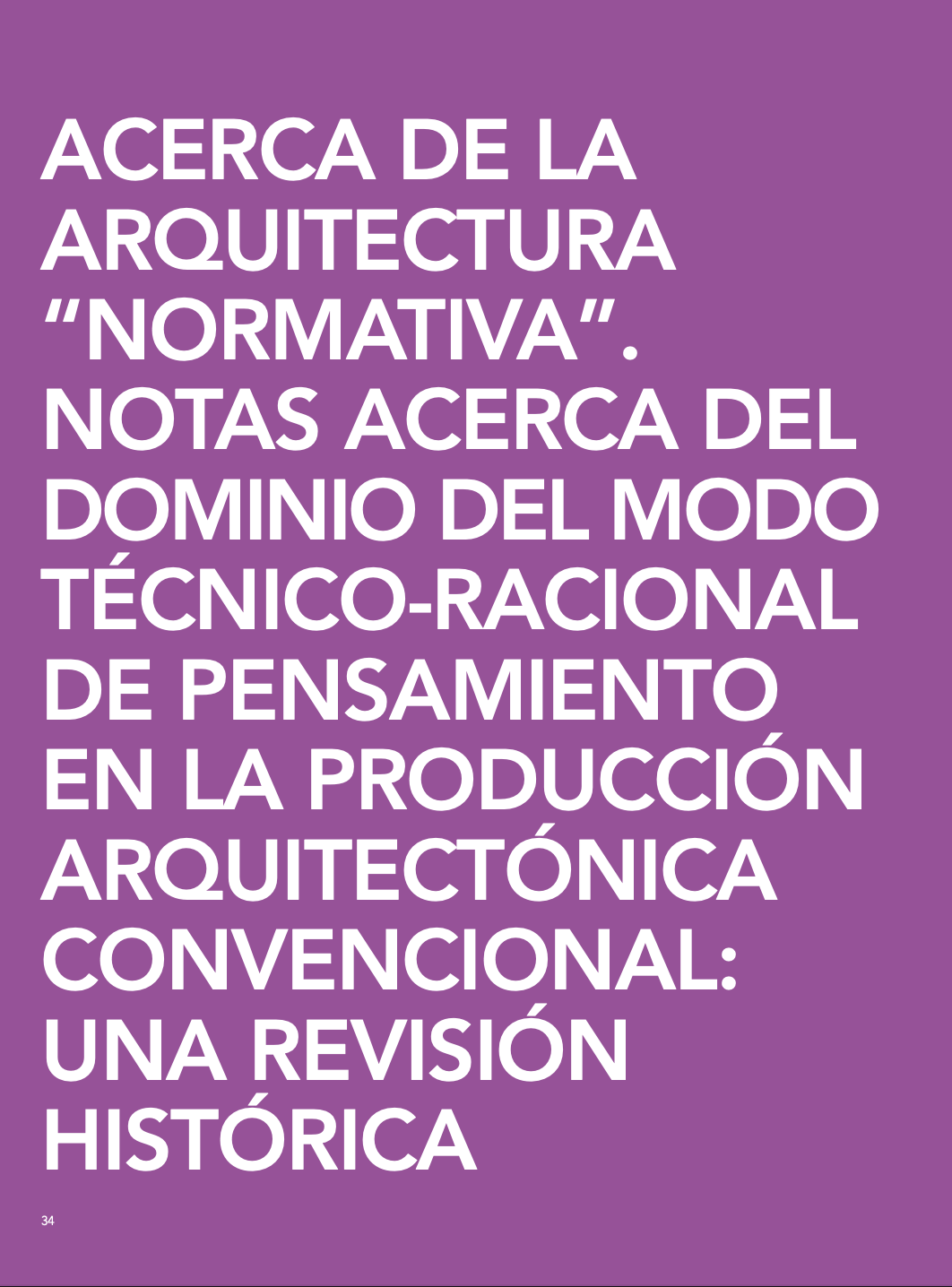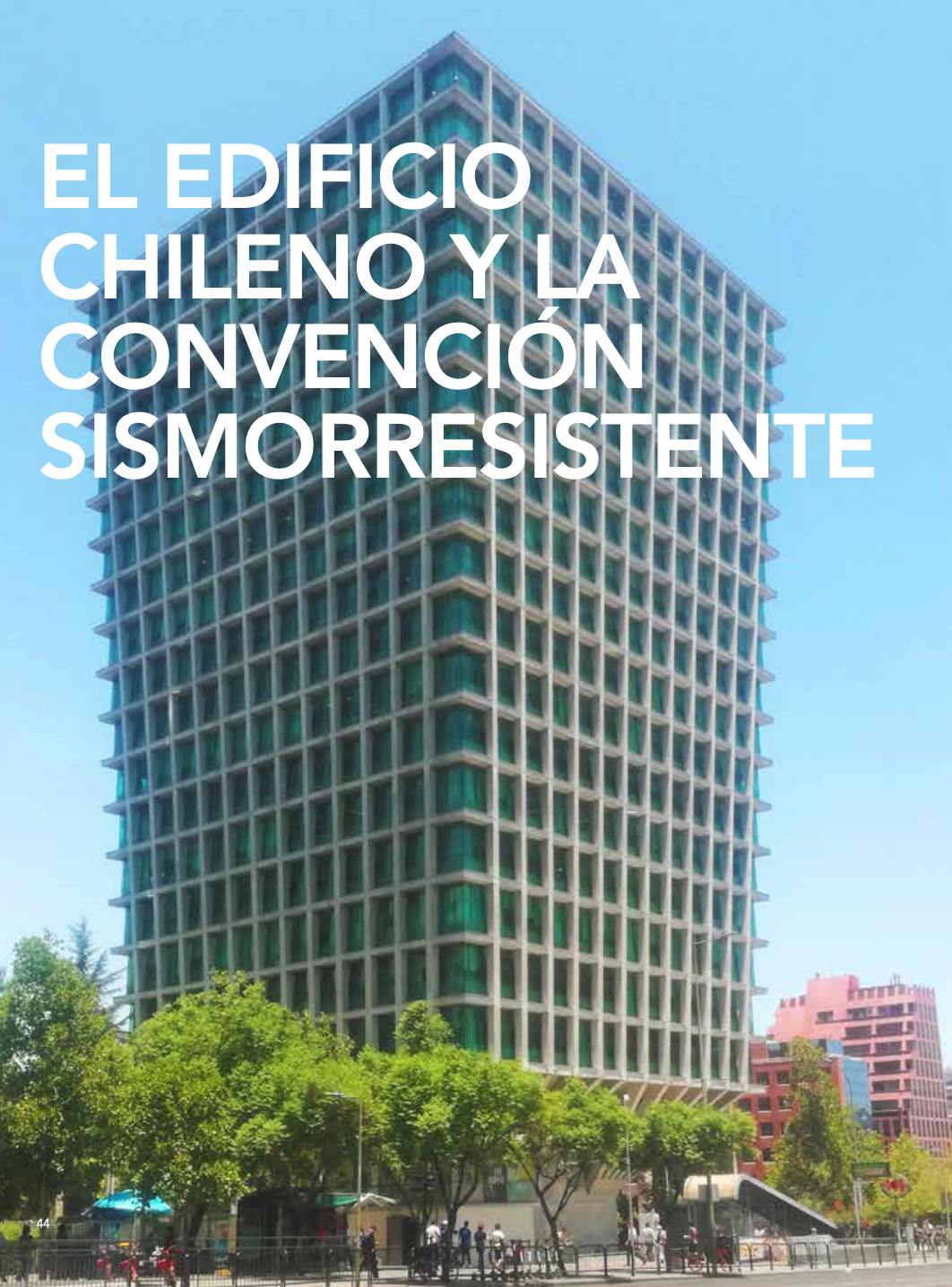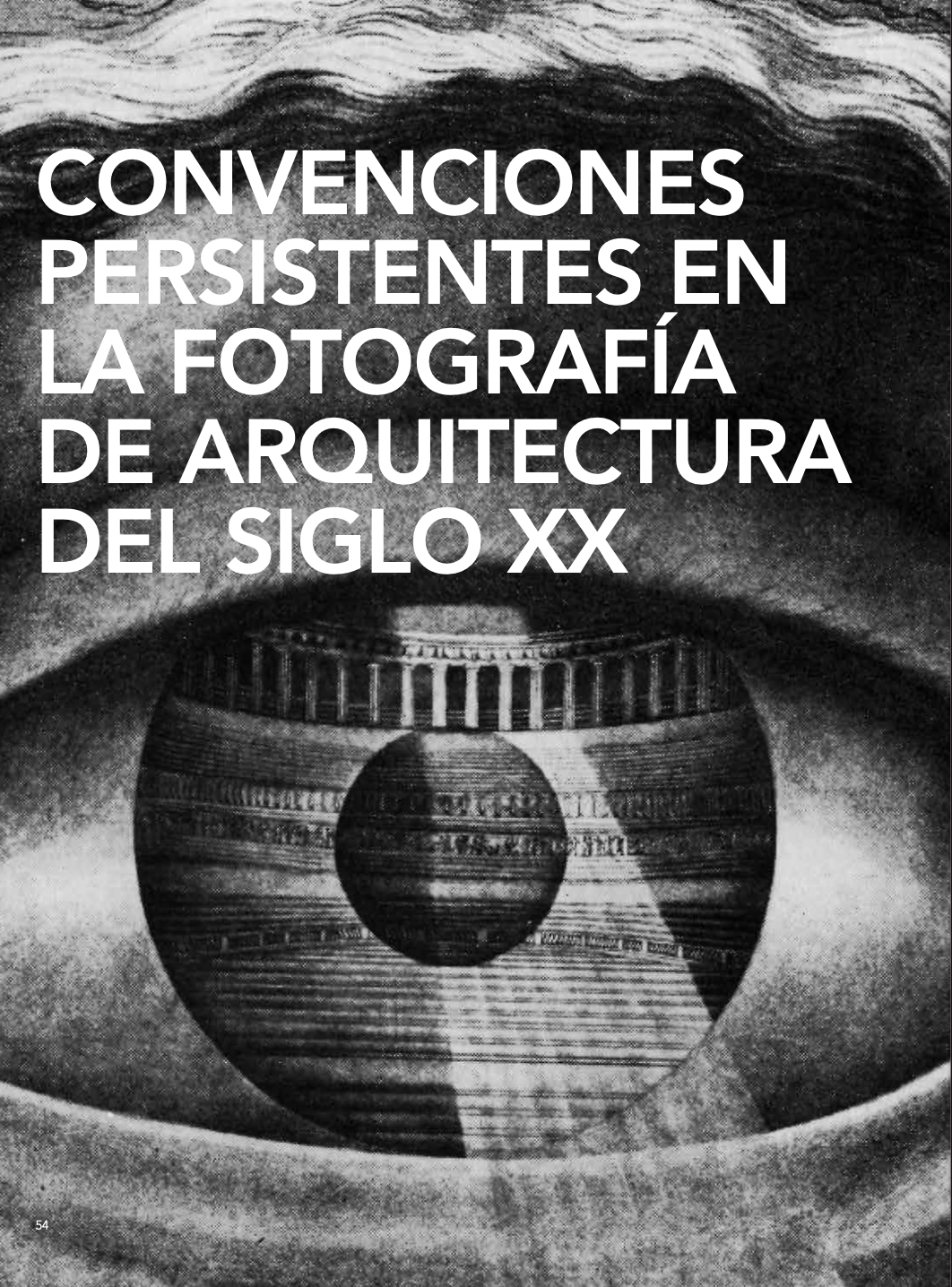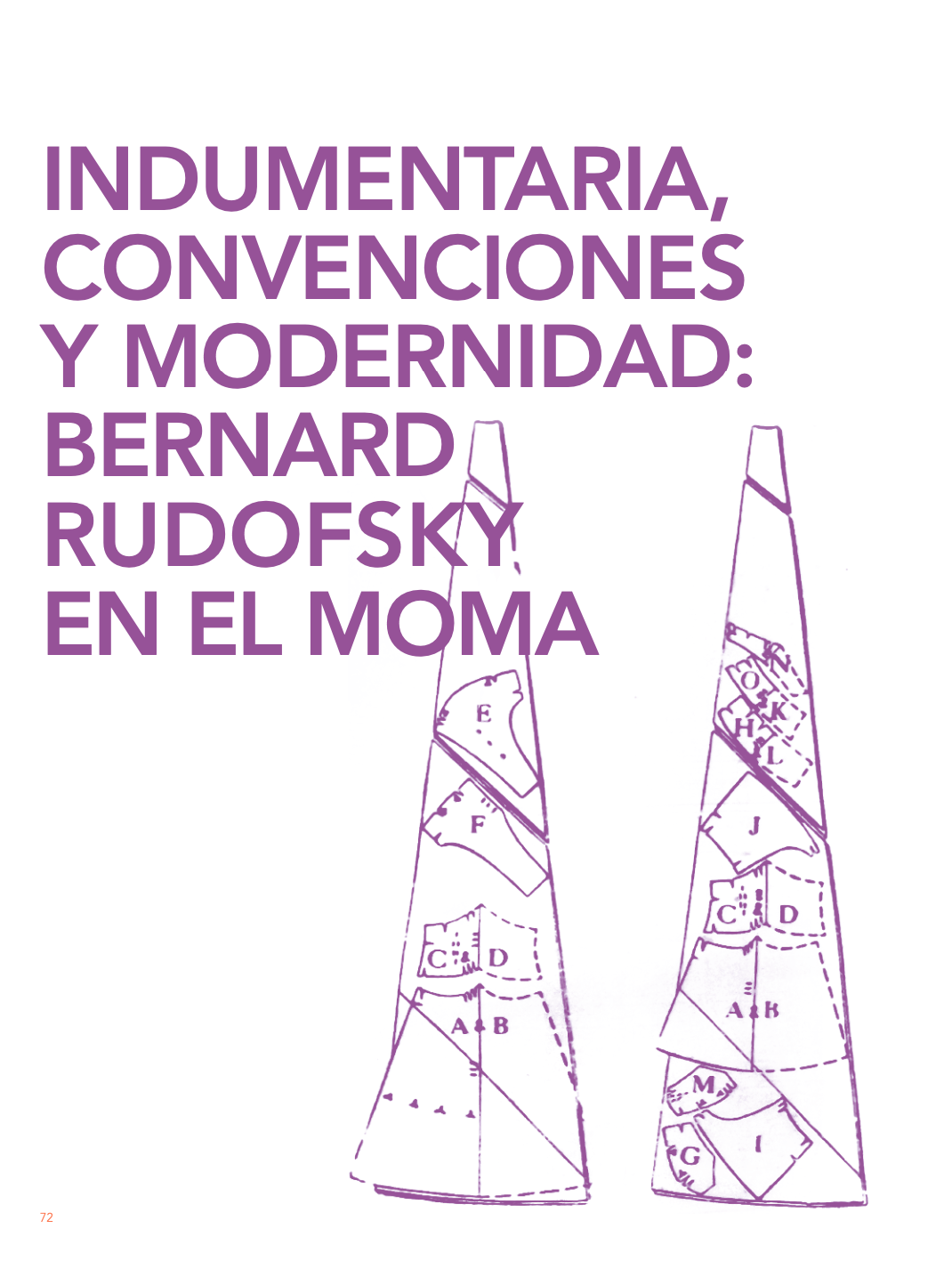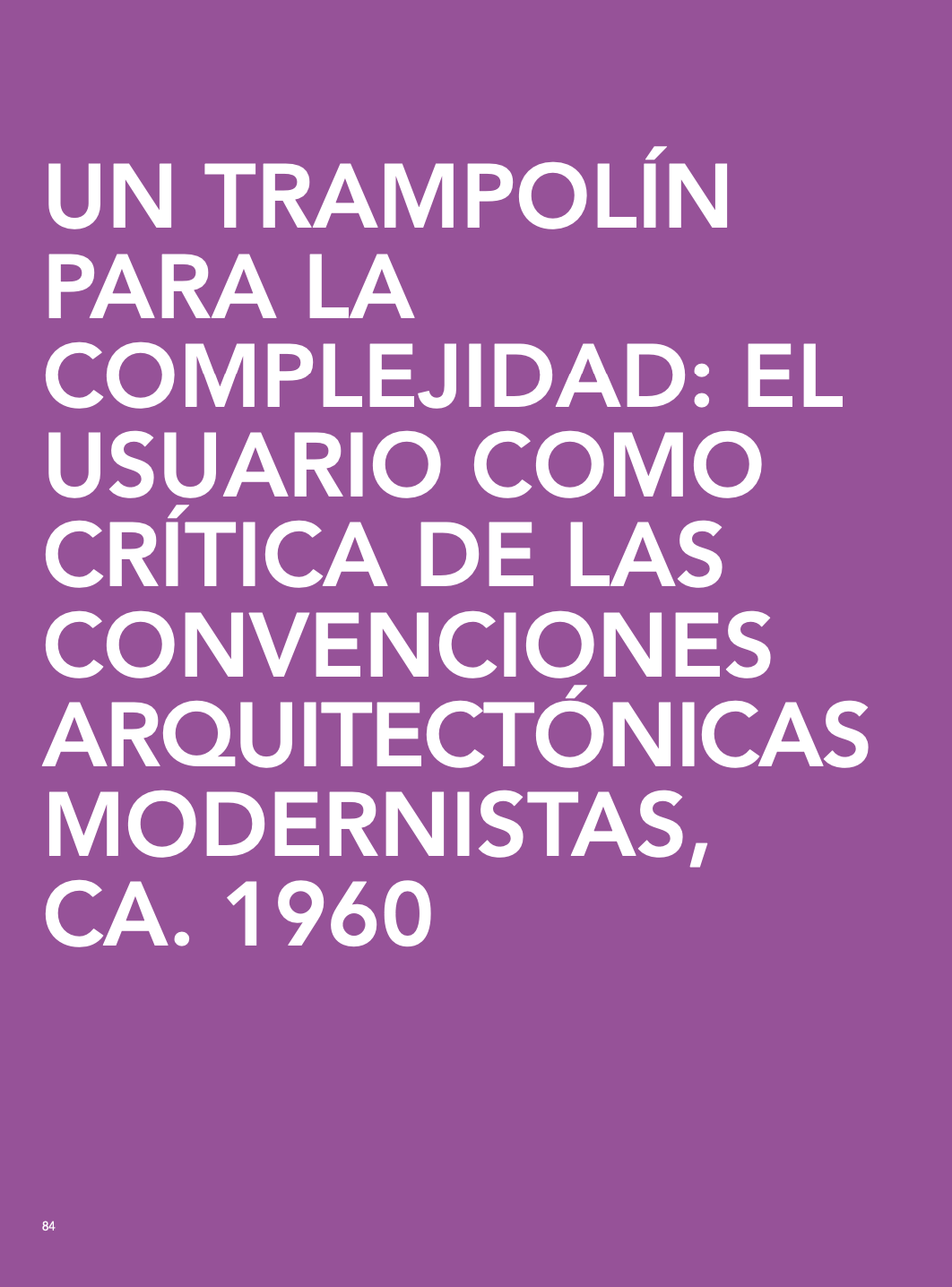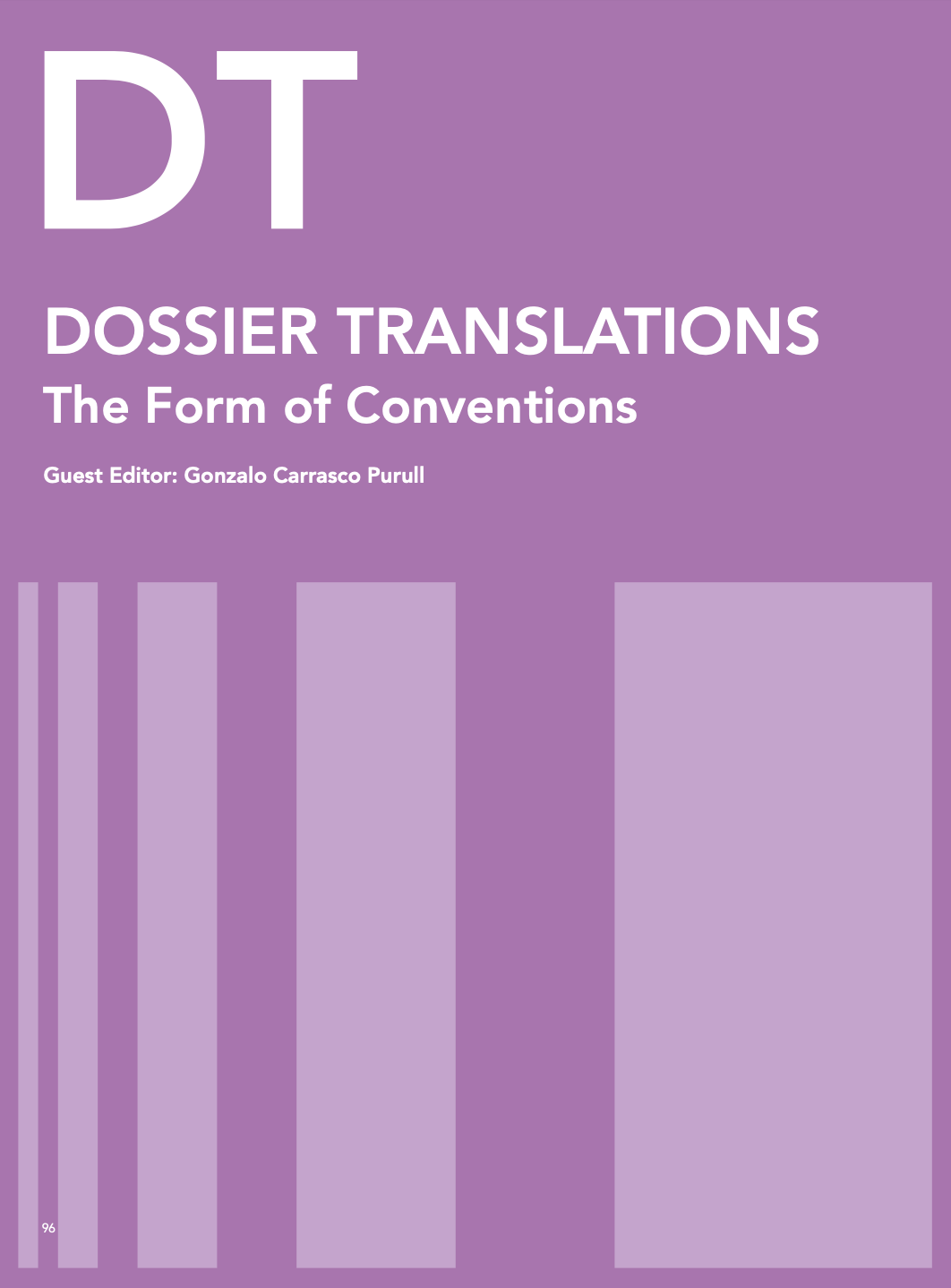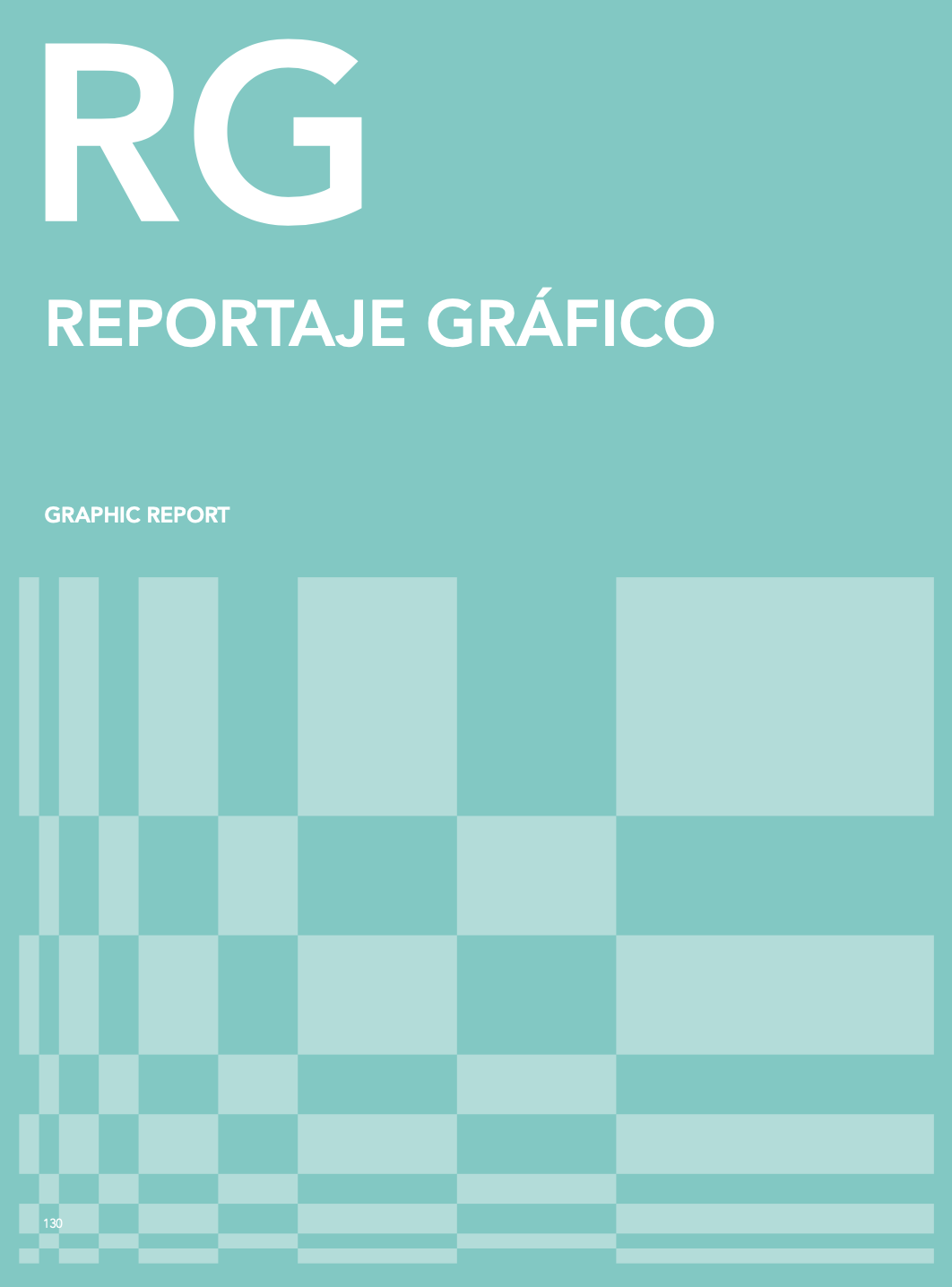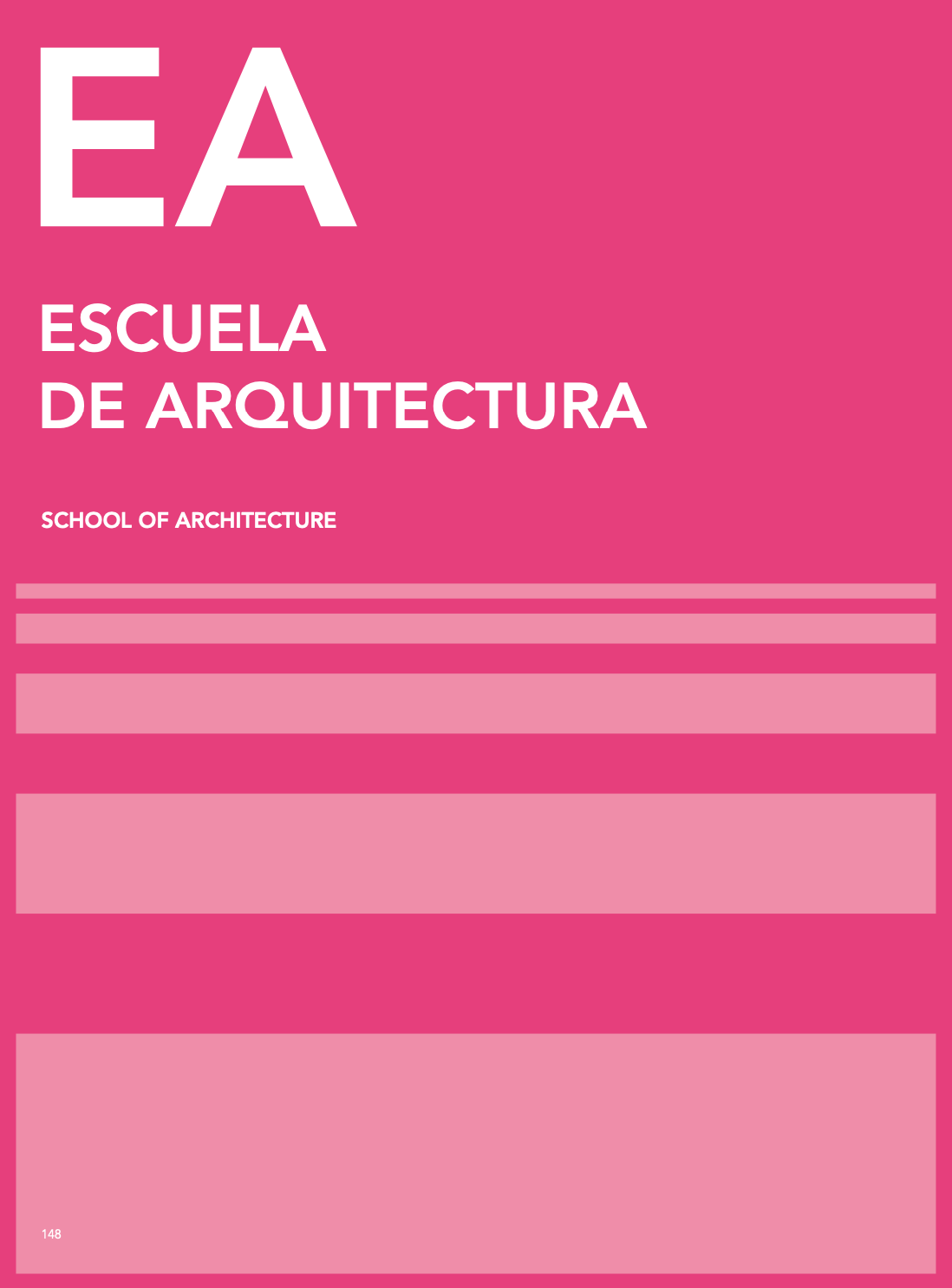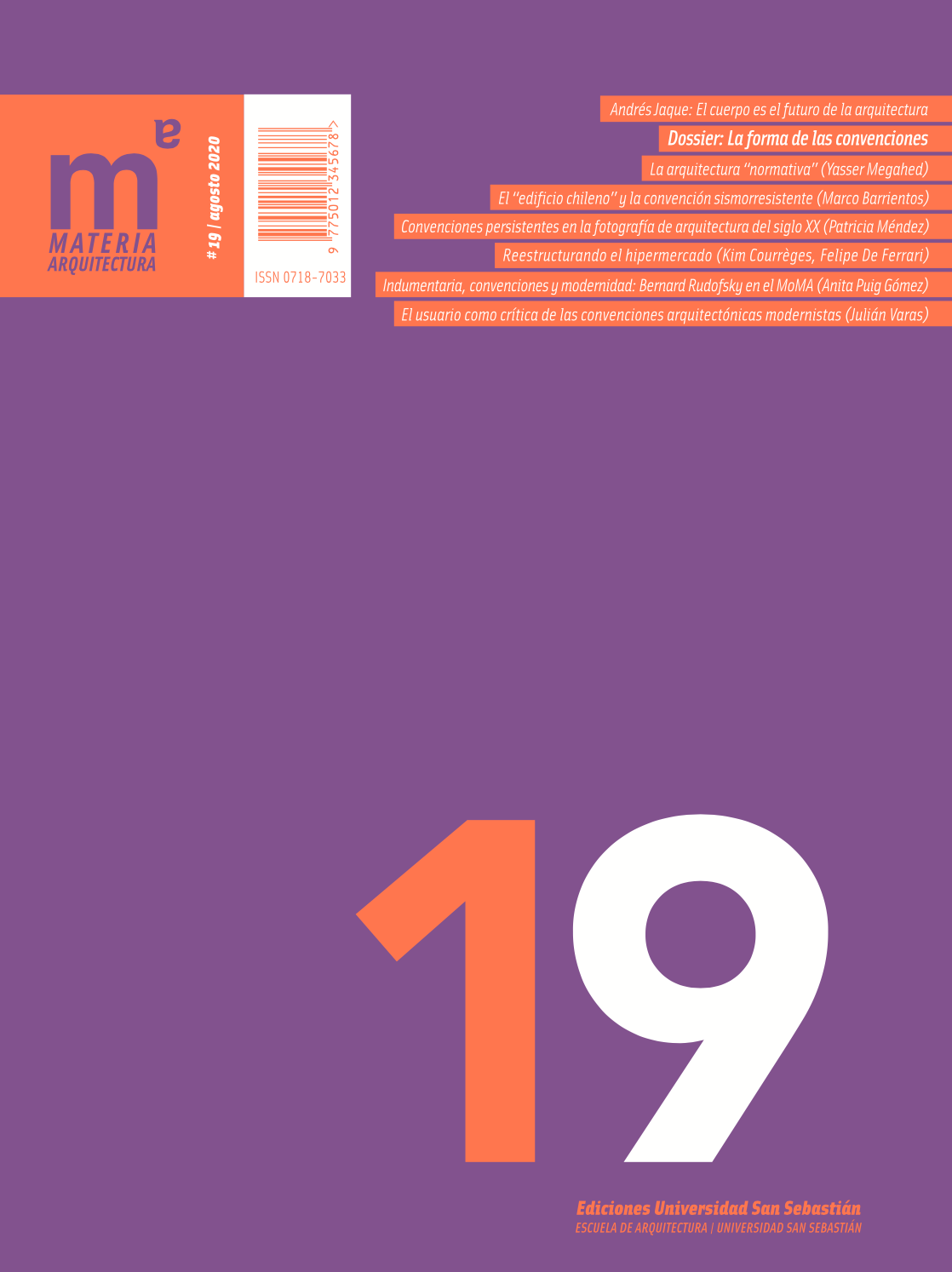
This issue of Materia Arquitectura focuses on the ways in which architectural conventions are produced at the discursive, practical and social levels.Guest editor Gonzalo Carrasco suggests exploring the conditions behind conventions that are still emerging and the possibilities of rewriting the agreements that underpin them from within architecture. Interviewed in this issue, Andrés Jaque points out that we need to emancipate ourselves from the dynamics and narratives of advanced capitalism, and that architectural discussions will revolve more around bodies than around the city. The articles in the dossier, meanwhile, offer different approaches to understanding and overcoming certain tacitly accepted understandings. Yasser Megahed offers a historical review of the ways in which technical-rational thinking has dominated conventional architectural production. Marco Barrientos analyses Chilean architecture as a structural convention based on the use of reinforced concrete walls as a seismically efficient resource. Looking at the relationship between photography and architecture, Patricia Méndez concludes that while the photographer becomes a translator of architectural conventions, the architect becomes an organiser of photographic images. Kim Courrèges and Felipe De Ferrari, on the other hand, point out that architecture can contribute to the reform of obsolete and conventional models such as the hypermarket, a device that can be transformed in the context of the necessary communitisation of the world. On the basis of original documents relating to the first exhibition on costumes at MoMA, organised, designed and curated by Bernard Rudofsky, Anita Puig examines the transformation of conventions related to the body. Finally, Julián Varas analyses the influence of conventions associated with the figure of the user on the design of collective housing in post-war Europe.
Guest Editor Gonzalo Carrasco
DOI: https://doi.org/10.56255/ma.v0i19
Published: 2020-08-27
